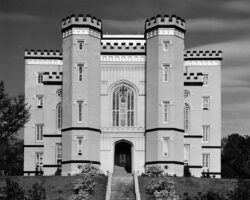Geography
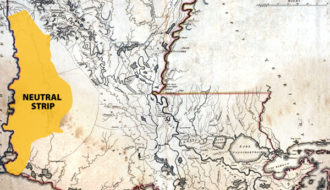
Neutral Strip
The Neutral Strip existed outside the governance of either the United States or Spain until 1821.

The Neutral Strip existed outside the governance of either the United States or Spain until 1821.

The Neutral Strip existed outside the governance of either the United States or Spain until 1821.
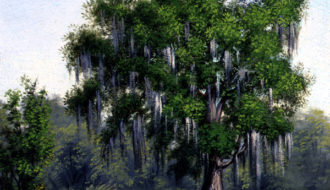
One of the largest urban parks in the United States, New Orleans' City Park is home to many cultural and recreational attractions including the New Orleans Museum of Art, the Botanical Garden, golf courses, tennis courts, City Bark dog park, Tad Gormley stadium, and several lagoons.
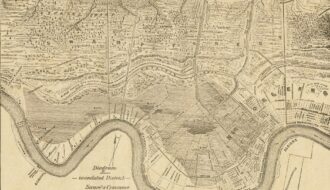
The flood of 1849 was the worst in New Orleans history until Hurricane Katrina struck in 2005.
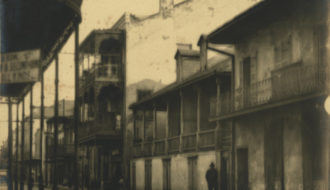
New Orleans has been the subject of literature from the colonial period to the present day.
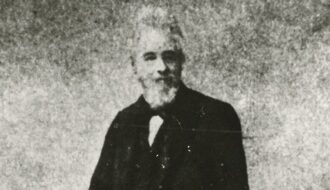
Norbert Rillieux, a Creole from New Orleans, was an inventor and engineer who designed the multiple-effect evaporation system, a major advancement in the process of sugar refining.
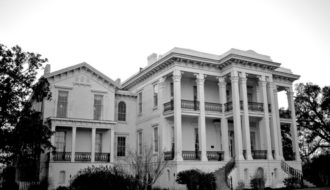
Nottoway is one of the largest antebellum houses in the South and the largest surviving plantation house in Louisiana.
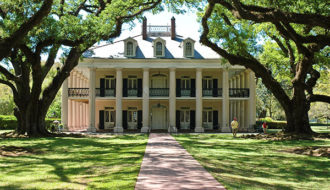
The 800-foot-long allée of live oak trees leading from the river to the columned house constitutes one of the most familiar and evocative images of Louisiana's grand plantation houses.
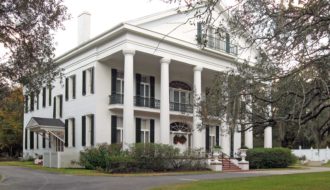
Oaklawn Manor, on Bayou Teche, was originally owned by Irish-born lawyer Alexander Porter whose ancestry gave this area the name Irish Bend.
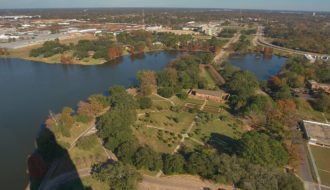
The Old Arsenal was constructed in 1838 for the Baton Rouge military post, the main ordinance depot for the southwestern United States.
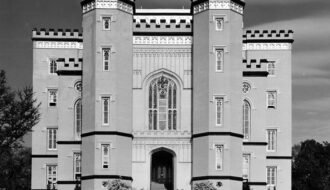
Designed by architect James H. Dakin, Louisiana's Old State Capitol in Baton Rouge is among the state’s most distinctive architectural landmarks.

The Old State Capitol in Baton Rouge is now a museum.
One-Year Subscription (4 issues) : $25.00
Two-Year Subscription (8 issues) : $40.00
